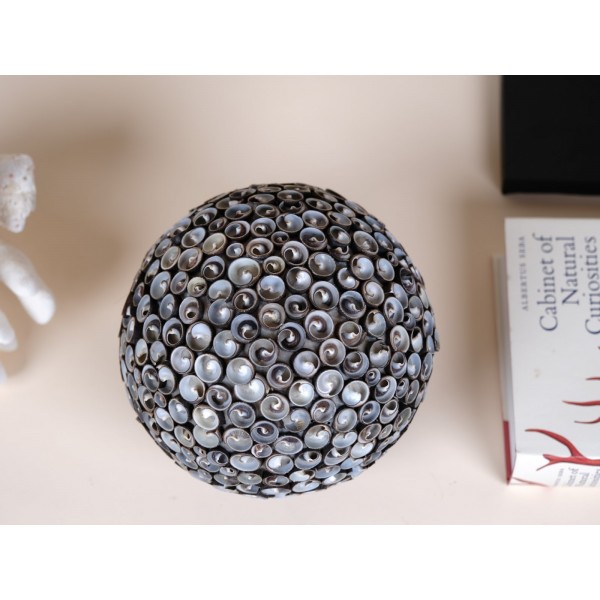Spondylus variegatus attached to a Malleus...
A spectacular Spondylus variegatus attached in a Malleus malleus shell from Davao - Philippines, in a white lacquered wood pedestal.
The Spondylus is a marine bivalve from the Spondilidae family, perfectly preserved. The Malleus malleus shell a marine bivalve mollusk in the family Malleidae, it is also known as the black hammer oyster.
This is a uncommon attachment that came out by divers from time to time.
The two shells live in perfect symbiosis.







































